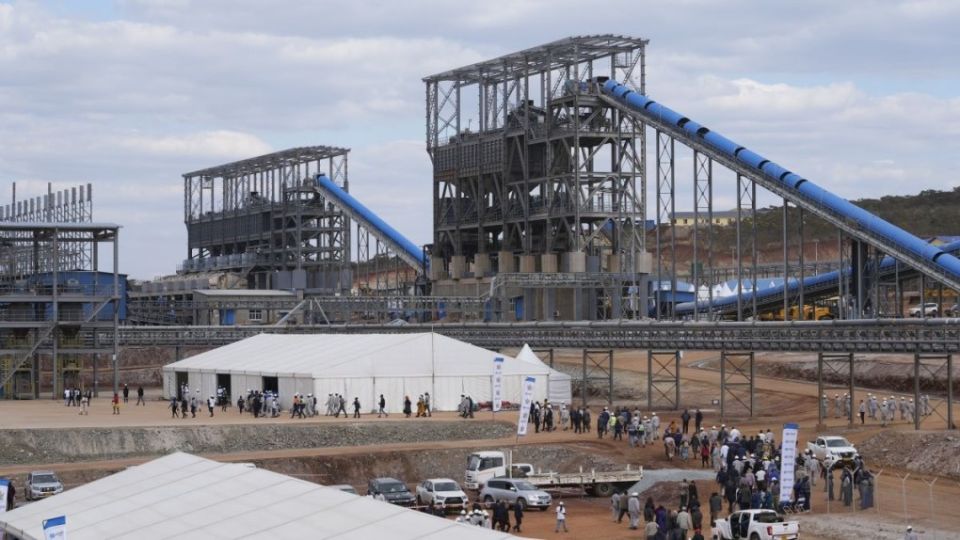from MARCUS MUSHONGA in Harare, Zimbabwe
Zimbabwe Bureau
HARARE, (CAJ News) – DUBBED the world’s next lithium valley, Zimbabwe’s participation is eagerly anticipated at this month’s Critical Minerals Africa (CMA), scheduled for neighbouring South Africa.
Pfungwa Kunaka, Permanent Secretary for Mines and Mining Development, will speak on the country’s latest project commissionings in exploration, extraction and refining at the event set for Cape Town.
The Southern African country has set its sights on achieving a US$12-billion mining industry by year-end.
Comprising 13 percent of gross domestic product (GDP), Zimbabwe’s mining industry is diverse and world-class, boasting over 60 mineral commodities and the second-largest reserves of platinum group metals (PGMs) globally.
While PGMs are expected to continue to dominate the sector – with three new projects under development at the Darwendale, Karoi and Mupani prospects – significant growth is anticipated in diamond, coal and chrome mining, along with gold production that is projected to double by 2025.
Aligning with the global transition to cleaner energy, Zimbabwe is also home to a nascent lithium mining market and the largest lithium reserves in Africa.
Last July, a Chinese mining company commissioned a $300-million lithium processing plant with the capacity to produce 4,5 million metric tons for export per year.
Having banned the export of raw lithium earlier this year, the Zimbabwean government is seeking to drive downstream infrastructure development and become a regional processing hub for lithium-ion batteries and other climate-friendly power sources.
Another critical downstream development is the $1 billion Manhize integrated steel plant, which will produce 1,2 million tonnes of steel per year once operational.
Set to be the largest integrated steel plant on the continent, the project has already attracted the attention of local and regional off-takers, with a view to lowering costs of production in-country by reducing steel and iron imports, while meeting demand in neighboring markets like Zambia and the DRC.
To facilitate investment into the minerals sector, Zimbabwe has announced plans to deploy new incentives for established mining producers, as well as formalize small-scale mining operations, promote SMEs and encourage local production of mining consumables.
These developments will be on display at CMA 2023, as the country continues to position itself as a central component of the global minerals value chain.
– CAJ News

